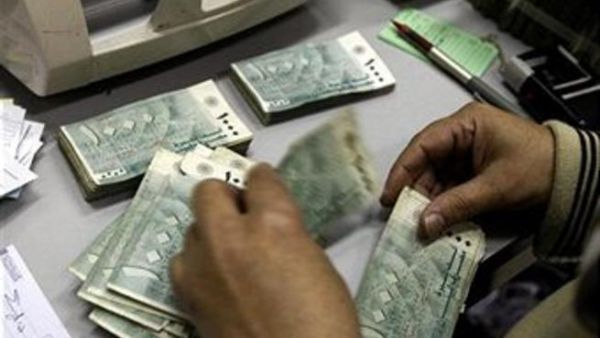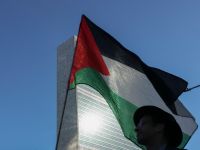The ratings agency says the risks arise from (i) slower economic growth, following a sharp deceleration in H1 2011; (ii) downside economic risks, due to regional political uncertainty, particularly in neighbouring Syria; and (iii) banks’ exposures to other regional countries that are experiencing political unrest and/or economic slowdown (including Egypt and Jordan).
Moody’s has cut expectations for Lebanon's real GDP growth to 1.5 percent for 2011, from 2.5 percent earlier in the year, and to 3.5 percent for 2012, from five percent. Uncertainty surrounding the domestic operating environment will persist as long as the political situation in Syria remains fragile and unpredictable. The outlook on the Lebanese banking system would weaken further if geo-political tensions were to intensify.
Lebanese banks’ profitability will come under pressure over the outlook horizon, as subdued business activity will cause a slowdown in credit growth and fee-generating income. Combined with historically low interest rates and potential upward pressure on funding costs, the slowdown will exert pressure on banks’ pre-provision income. At the same time, Moody’s expects provisioning charges to continue rising at least into H1 2012, further suppressing net income.
Although non-performing loan (NPL) trends improved during 2006-10, risks to asset quality have heightened. In addition to the weakened domestic operating environment conditions, the banks (predominantly the larger ones) have material exposures to countries undergoing political unrest (particularly Egypt and Syria). This, and the broader economic slowdown in other neighbouring countries (e.g., Jordan), will exert upward pressure on NPL trends, at least into H1 2012.
A key feature of the banking system is the banks’ high exposure to Lebanon’s sovereign debt (B1, stable outlook). Government debt on banks’ balance sheets stood at a very high 3.4x the system’s aggregate Tier 1 capital at year-end 2010. The wider exposure to the Lebanese government (including investments in certificates of deposits from Lebanon’s central bank (Banque du Liban or BdL), but excluding reserve placements) is estimated to have been even higher, at over 6.1x Tier 1 capital. Given the government’s dependence on the domestic banking system to finance large budget deficits – and underpinned by our expectation of budgetary deficits of 7.6 percent of GDP in 2011 and 8.3 percent in 2012 – sovereign exposure will remain the largest component of the banking sector’s balance sheet over the outlook horizon. This exposure links the banks’ credit profiles directly to sovereign credit risk.
The agency expects the banking system’s sizable liquidity buffers and resilient depositor base to be maintained over the outlook horizon, thereby moderating downside risks. Highly liquid assets – comprising cash, reserve placements with BdL and placements with predominantly international banks – account for approximately 25 percent of total assets.
The sector retains a solid funding structure driven by customer deposits, which account for approximately 90 percentof total liabilities. Supporting these deposits is the resilient influx of remittances (22 percent of GDP at year-end 2010). Even though the risk of capital flight increases during periods of political unrest, remittances and customer deposits in Lebanon have historically proven resilient.
As of year-end 2010, the sector’s reported capitalisation was around 13 percent. While Mood’s views these capital levels as moderate given high operating environment risks, it also considers risk-weighted assets (RWA) in the system to be understated, as low-rated (B1) local-currency-denominated government securities and central bank certificates of deposit carry a 0 percent risk weighting. The banking sector’s aggregate equity-to-total assets ratio – a metric that is unaffected by regulatory risk-weighting rules – stood at nine percent.








